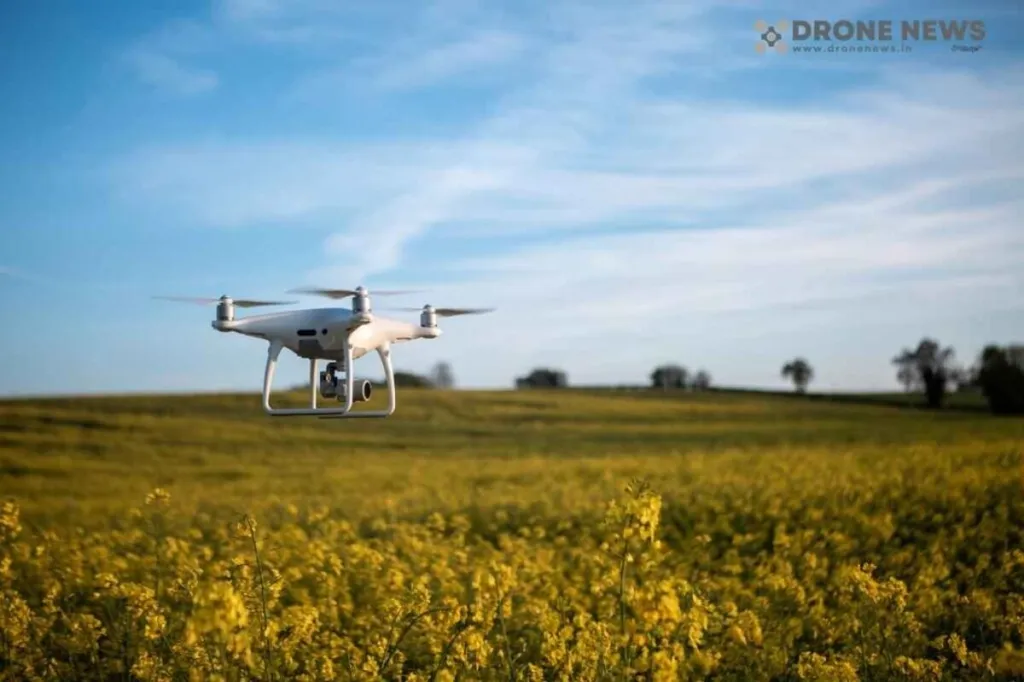In the heart of India’s agricultural landscape, a silent revolution is taking flight—literally. Agricultural drones, equipped with cutting-edge technology, are poised to transform farming practices, yet their adoption has been slower than expected. A recent study published in *Frontiers in Sustainable Food Systems* sheds light on the factors influencing farmers’ attitudes and willingness to embrace this innovation, offering a roadmap for accelerating the adoption of drone technology in the agriculture sector.
The research, led by Bikram Barman from the Division of Agricultural Extension at ICAR-Indian Agricultural Research Institute in New Delhi, India, delves into the psychological, economic, environmental, and social dimensions that shape farmers’ decisions. The study, which surveyed 320 farmers from Haryana and Uttar Pradesh, used Partial Least Squares Structural Equation Modeling (PLS-SEM) to analyze the data. The findings reveal that promotional efforts, perceived usefulness, peer pressure, perceived economic viability, perceived environmental impact, and perceived social impact significantly influence farmers’ attitudes toward agricultural drones.
“Our results indicate that farmers’ decisions are not solely based on technical considerations,” Barman explains. “They are influenced by a complex interplay of factors, including the economic viability of the technology, its environmental impact, and social perceptions.”
The study highlights the importance of awareness enhancement, hands-on training, and field demonstrations in promoting the adoption of agricultural drones. It also underscores the need for financial support mechanisms to improve accessibility and build trust among farmers.
The commercial implications of these findings are substantial. As the agriculture sector grapples with labor shortages, climate change, and the need for sustainable practices, agricultural drones offer a promising solution. They can enhance productivity, optimize input use, reduce labor dependency, and support real-time data-based decision-making. However, to unlock their full potential, stakeholders must address the barriers to adoption identified in this study.
The research also provides valuable insights for policymakers, extension agencies, and agri-tech developers. By understanding the factors that influence farmers’ attitudes, they can design more effective strategies to promote the adoption of precision agriculture solutions. This could position agricultural drones as a critical tool for advancing sustainable and technologically enabled farming in India and beyond.
As the agriculture sector continues to evolve, studies like this one will be instrumental in shaping the future of farming. By bridging the gap between technology and adoption, we can pave the way for a more sustainable and productive agricultural landscape. The findings of this study, published in *Frontiers in Sustainable Food Systems* and led by Bikram Barman, offer a significant step in that direction.

